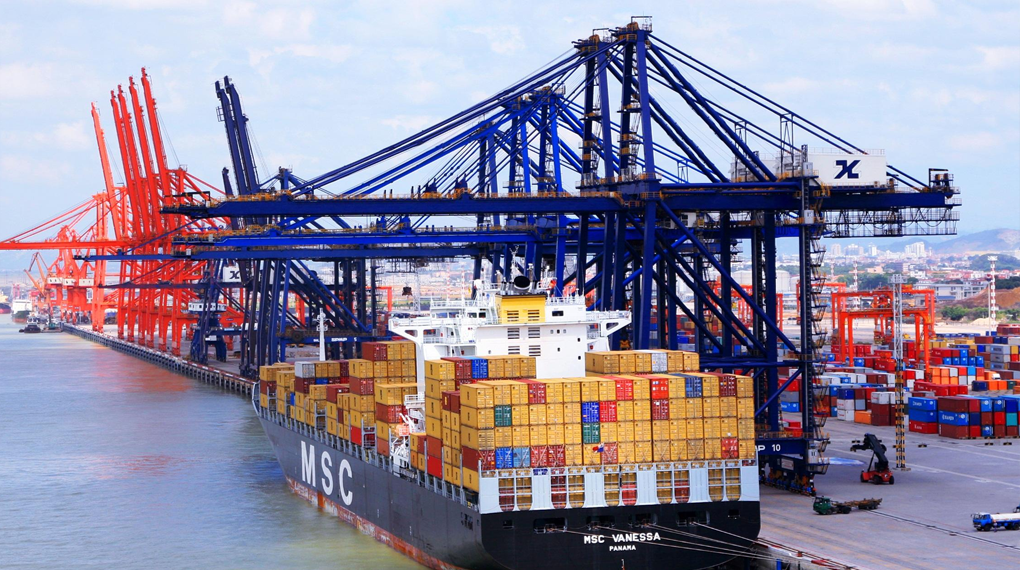
How does a refrigerator achieve cooling?
The refrigeration process of the refrigerator is a cyclic process based on the principle of thermodynamics. The low-temperature environment inside the refrigerator is mainly achieved through the circulating flow of refrigerant. The following are the specific steps and principles of refrigerator refrigeration:
1. Overview of refrigeration principles
The refrigeration principle of the refrigerator is simply “heat exchange”, that is, the heat inside the refrigerator is transferred to the outside of the refrigerator to achieve the cooling effect. This process relies primarily on the circulation of refrigerant within the refrigerator system.
2. Refrigeration cycle process
Compression process:
Refrigerant is drawn into the compressor in gaseous form.
The compressor is driven by an electric motor to compress low-pressure gaseous refrigerant into high-pressure and high-temperature superheated steam.
During this process, the pressure and temperature of the refrigerant increase significantly.
Condensation process:
High-pressure and high-temperature superheated steam enters the condenser.
In the condenser, the refrigerant exchanges heat with the surrounding air and dissipates heat to the air, thereby gradually condensing into high-pressure liquid refrigerant.
The condensed refrigerant decreases in temperature but remains at high pressure.
Expansion process:
The high-pressure liquid refrigerant enters the low-pressure area before the evaporator through the expansion valve.
In the expansion valve, the refrigerant is throttled, and the pressure and temperature are rapidly reduced, turning into a low-temperature and low-pressure liquid refrigerant.
Evaporation process:
Low-temperature and low-pressure liquid refrigerant enters the evaporator.
In the evaporator, the refrigerant absorbs heat from inside the refrigerator and quickly vaporizes into a gaseous state.
During this process, the temperature inside the refrigerator decreases to achieve the cooling effect.
Back to the compressor:
The vaporized refrigerant is sucked back into the compressor in gaseous form to start a new refrigeration cycle.
3. Introduction to key components
Compressor: The core component of the refrigeration system, responsible for compressing the refrigerant into superheated steam with high pressure and high temperature.
Condenser: Dissipates the heat in the refrigerant to the surrounding air, causing the refrigerant to condense into a liquid state.
Expansion valve: Controls the flow and pressure of the refrigerant so that it reaches an appropriate low-pressure and low-temperature state before entering the evaporator.
Evaporator: Evaporates the refrigerant by absorbing heat inside the refrigerator, thereby achieving the cooling effect.
4. Refrigeration effect and efficiency
The cooling effect of a refrigerator depends on the type of refrigerant, the design of the circulation system and the insulation performance inside the refrigerator.
Modern refrigerators usually use efficient refrigeration systems and high-quality insulation materials to improve refrigeration efficiency and reduce energy consumption.
To sum up, the refrigerator achieves a low-temperature environment inside the refrigerator through the circulating flow of refrigerant and the synergistic effect of key components. This process not only involves the application of thermodynamic principles, but also reflects the development and progress of modern refrigeration technology.Contact us to learn more about our refrigeration salad table.
Keywoeds:#refrigerationequipment #refirgerationsystem #coolingsystem #refrigeratedequipment #fridge #kitchenequipment #restaurantequipment
